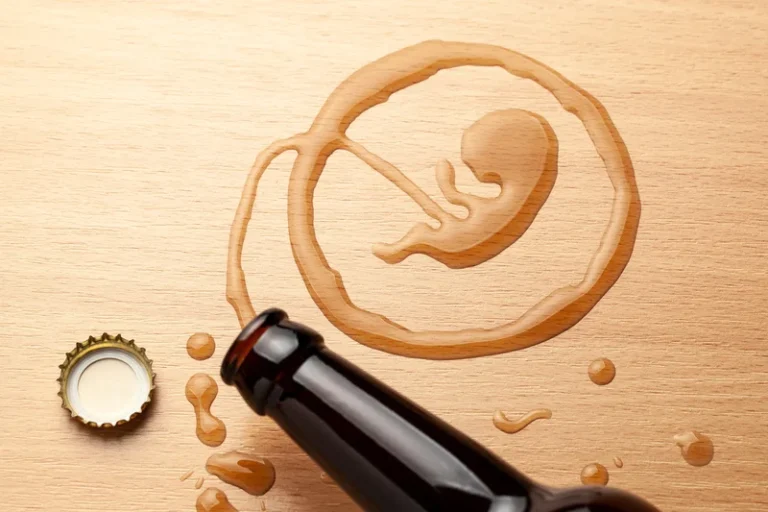Alcoholic: Definition, Symptoms, Traits, Causes, Treatment
Mit dem Ziel, den Anforderungen deutscher Uhrenliebhaber gerecht zu werden, stellt bestuhren.de sicher, dass Kunden auf eine Vielzahl von replizierten Uhren zugreifen können, die sich durch erschwingliche Preise und hervorragendes Handwerk auszeichnen.
AAA High Quality Luxury Replica Watches UK Online Sale At bestfastwatches.com.
You can possess the 1:1 AAA Replica Watches UK from online stores.

Intermediate familiar alcoholics are typically employed and have a close family member who’s an alcoholic too. BetterHelp can connect you to an addiction and mental health counselor. Identifying the specific type of alcoholic makes it easier to understand and treat people’s problems. MAT uses medications approved by the FDA to treat AUD alongside counseling and behavioral therapies. These medications can help reduce cravings, block the effects of alcohol, and treat withdrawal symptoms like anxiety and insomnia. Outpatient treatment is less intensive than inpatient treatment but still effective for some people with AUD.
Charitable Care & Financial Assistance

These treatment options can help you or your loved one take the first step toward sobriety and live a healthier, happier life. If you are looking for the right treatment option for yourself or someone https://ecosoberhouse.com/article/6-successfull-and-motivational-sobriety-stories/ you know, it is important to speak with a doctor or mental health professional about the best action plan. Each type has symptoms and behaviors that separate themselves from each other.
Removing Barriers to Treatment
Meanwhile, almost half of responding countries do not offer any substance abuse support groups. What are your favorite types of alcohol to mix into cocktails, or drink straight? Fortified wine is a type of alcohol that adds a distilled spirit (usually brandy) to a wine to stabilize it. Aromatized wine is a type of fortified wine that has added natural flavors like fruits, herbs and other botanicals. Some fortified wines are very sweet and also known as dessert wines. What might seem harmless at first can get worse if it’s not treated.
What Are the 5 Alcoholic Subtypes?

More than a quarter have sought help for their drinking at some point through self-help groups, treatment programs, alcohol detox programs and health care providers. Nearly 50 percent of intermediate familial alcoholics have a family history of alcoholism. They tend to be well-educated, high-income earners with a relatively stable home life.
Types of Alcoholics: Young Adult, Young Antisocial, Functional , Intermediate Familial and Chronic Severe
The typical young adult alcoholic is about 25 and started drinking at age 19 or 20. Men outnumber women 2.5 times to 1 in this category, and they tend to be single. However, recognizing the potential impact of genetics on addiction can help individuals take steps to mitigate their risk. For example, individuals with a family history of alcoholism may choose to avoid drinking altogether or limit their consumption to reduce their risk of developing an addiction.
Remember, approaching a loved one about their drinking can be challenging, but it’s an important step towards recovery. Encourage them to seek professional help, and offer your support throughout their journey towards sobriety. It’s important to note that having a genetic predisposition to alcoholism does not mean that an individual will inevitably develop an alcohol use disorder. Environmental factors such as stress, trauma, and peer pressure can also play a significant role in the development of addiction.
- If you are struggling with alcohol misuse despite negative personal, professional, and health consequences, you may fit into one of the five types of alcoholism or alcoholics.
- Chronic severe alcoholics include the highest percentage of people struggling with co-occurring psychiatric disorders and other substance abuse issues.
- 77% of chronic severe subtypes have close relatives suffering from alcoholism, and more than 80% of this group struggle to stop their alcohol dependence.
- Alcohol use disorder is common in the U.S., and understanding that addiction looks different for each person is important.
- To recover from AUD, seeking professional help and attending support groups is essential.
Functional Subtype
Consuming large amounts of alcohol over a long period is most likely to result in alcohol use disorder. However, the time it takes for the condition to develop is highly individual. “The Diagnostic and Statistical Manual of Mental Disorders” provides diagnostic criteria for identifying alcohol use disorder.

We can help you along the path to a healthy, successful, and stable life.

Cachaça (used in the popular Caiprinha) is considered a type of Brazilian rum. Coconut rum is considered a coconut liqueur, because of the added sugar and low alcohol level. The alcohol content of unfortified wine is usually lower than that of liquors, typically ranging between 12–15%. One shot (44 mL or 1.5 fl oz) 5 types of alcoholics of gin typically contains 40–55% alcohol and about 97 calories. Popular gin cocktails include gin and tonic, martini, and Tom Collins. The affects can range from dementia and intellectual functioning to debilitating conditions that require long-term care, even if a person has been sober for a period of time.
There are many types of alcoholism, including functional alcoholics, young adult alcoholics, and chronic severe alcoholics. The young adult subtype is the largest of the groups accounting for 31.5% of alcoholics. Individuals within this group are typically in their early twenties and develop alcohol dependence around 19 years old. They don’t drink as often as other subtypes, but they do have high rates of binge drinking.
- It’s important to recognize the signs of functional alcoholism and seek help before it’s too late.
- The proof of any liquor can be found by doubling the percentage of the ABV.
- A hit on six or more questions can be considered a severe case of AUD.
- Some research shows that up to 6.2% of the American population lives with this condition.
- Still, people dealing with AUD can achieve and maintain sobriety with appropriate treatment and support.
- The 2021 National Survey on Drug Use and Health (NSDUH) reveals that 28.6 million adults aged 18 and older (11.3 percent of this demographic) experienced alcohol use disorder (AUD) in 2022.
